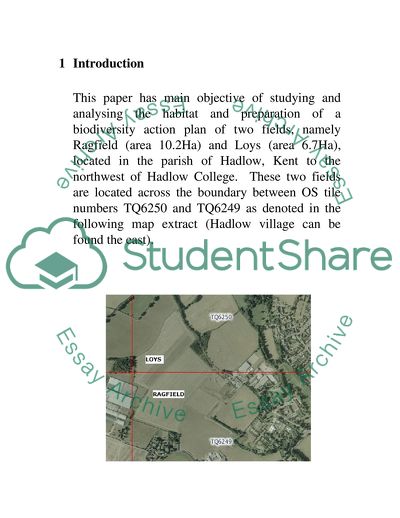Cite this document
(Biodiversity Action Plan Essay Example | Topics and Well Written Essays - 3000 words, n.d.)
Biodiversity Action Plan Essay Example | Topics and Well Written Essays - 3000 words. https://studentshare.org/biology/1714388-phase-1-habitat-survey-biodiversity-action-plan-ecology-and-conservation
Biodiversity Action Plan Essay Example | Topics and Well Written Essays - 3000 words. https://studentshare.org/biology/1714388-phase-1-habitat-survey-biodiversity-action-plan-ecology-and-conservation
(Biodiversity Action Plan Essay Example | Topics and Well Written Essays - 3000 Words)
Biodiversity Action Plan Essay Example | Topics and Well Written Essays - 3000 Words. https://studentshare.org/biology/1714388-phase-1-habitat-survey-biodiversity-action-plan-ecology-and-conservation.
Biodiversity Action Plan Essay Example | Topics and Well Written Essays - 3000 Words. https://studentshare.org/biology/1714388-phase-1-habitat-survey-biodiversity-action-plan-ecology-and-conservation.
“Biodiversity Action Plan Essay Example | Topics and Well Written Essays - 3000 Words”. https://studentshare.org/biology/1714388-phase-1-habitat-survey-biodiversity-action-plan-ecology-and-conservation.


